Building brain muscle with meditation
A reader recently brought up the fascinating connections between Buddhist meditation and neuroscience. There has been a lot of work in the last two decades, trying to develop a scientific foundation for meditation and also teaching science a thing or two, like how meditation changes the brain. In this post I want to suggest how meditation can reduce craving, thus potentially aiding recovery, and I want to briefly describe how this might work in the brain.
Last post, I suggested that “free will” or at least deliberate choice could be facilitated by slowing, down, relaxing, seeing the bigger perspective, and…even meditating. I was following Nico Frijda’s ideas about the importance of reflectivity in overcoming impulsive action. But how on earth do you slow down, relax, and reflect (let alone meditate) when craving is erupting throughout your consciousness. The craving for drugs (or booze, or other substances and activities) can be enormously powerful. As noted recently in a response by Mike Johnson, the dACC (dorsal anterior cingulate cortex), which is the seat of deliberate self-control, can be a leaf tossed around by a cyclone when the impulse to take drugs gets too strong.
Indeed, addicts are often caught in the cross-fire between two warring brain systems. The dACC, and its connections to the (probably left) dorsolateral prefrontal cortex, try to set up a long-range forecast, a bigger picture, a more reasoned perspective, and then use that perspective to inhibit behaviours that surely lead to failure and misery. Meanwhile, connections between the ventral striatum, which is the seat of goal-seeking, and the orbitofrontal cortex, another ventral system that anticipates the pleasure and relief of taking the drug or drinking the drink, get increasingly activated by dopamine, as the possibility, no, likelihood, no, GIVE IT TO ME NOW! gets closer and closer. The craving builds on itself in a self-reinforcing feedback loop in the ventral (lower) regions of the prefrontal cortex. While efforts to control the craving activate the dorsal (upper) regions of the prefrontal cortex, trying their best to hold the feedback in check. What’s a poor brain to do?! Or in human terms, how do you slow down enough to choose tomorrow, and the day after tomorrow, instead of the few hours’ relief promised by the drug?
Research into the neuroscience of meditation often uses practiced meditators, or else they compare people following a course of meditation against those who’ve taken some other form of instruction (the control group). These people are placed in an fMRI scanner or other brain-imaging system, and their brain activity is recorded, either while they are meditating or while they are engaged in other activities (such as looking at pictures designed to induce empathy). It’s difficult to sum up this entire branch of research in a few sentences, and results are not always consistent. But one finding from several studies (here’s an example) is that meditation causes increased activation in the dACC and/or in the (left) dorsolateral prefrontal cortex—the exact regions that support insight, reflection, and long-range perspective.
So it looks like meditation builds muscle, so to speak, in brain regions that can win against impulsive (e.g., addictive) thoughts and actions. How can addicts, recovering or not, use this information to their advantage? I’m no expert on treatment and recovery. But maybe we can think of these insight-generating brain regions as muscles, that are weakened by excessive use (trying, trying, trying not to give in) and strengthened by meditation. Then meditate whenever you can! And do it even if you’re still using. In fact, do it especially if you’re still using, or if you’ve recently stopped. Try it for 5 or 10 minutes, if that’s as long as you can last, even if you’re still thinking about getting high later in the day. But do it the next day as well. And the day after that. You can learn how in twenty minutes. Or check out this link to a talk by Jon Kabat-Zinn. As I said, I’m no expert, but meditation really helped me in the weeks and months following my last relapse. A little bit of meditation, spread over days and weeks, can gradually shift the balance between brain systems that dance to the music of craving and those that turn down the volume.
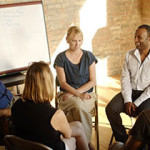




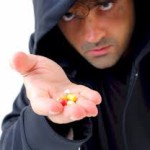
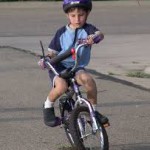
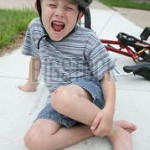


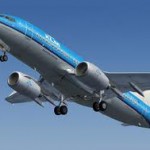

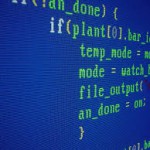
 Informed by unparalleled neuroscientific insight and written with his usual flare, Marc Lewis’s The Biology of Desire effectively refutes the medical view of addiction as a brain disease. A bracing and informative corrective to the muddle that now characterizes public and professional discourse on this topic.” —Gabor Maté, M.D., author of In The Realm of Hungry Ghosts: Close Encounters With Addiction
Informed by unparalleled neuroscientific insight and written with his usual flare, Marc Lewis’s The Biology of Desire effectively refutes the medical view of addiction as a brain disease. A bracing and informative corrective to the muddle that now characterizes public and professional discourse on this topic.” —Gabor Maté, M.D., author of In The Realm of Hungry Ghosts: Close Encounters With Addiction
Recent Comments